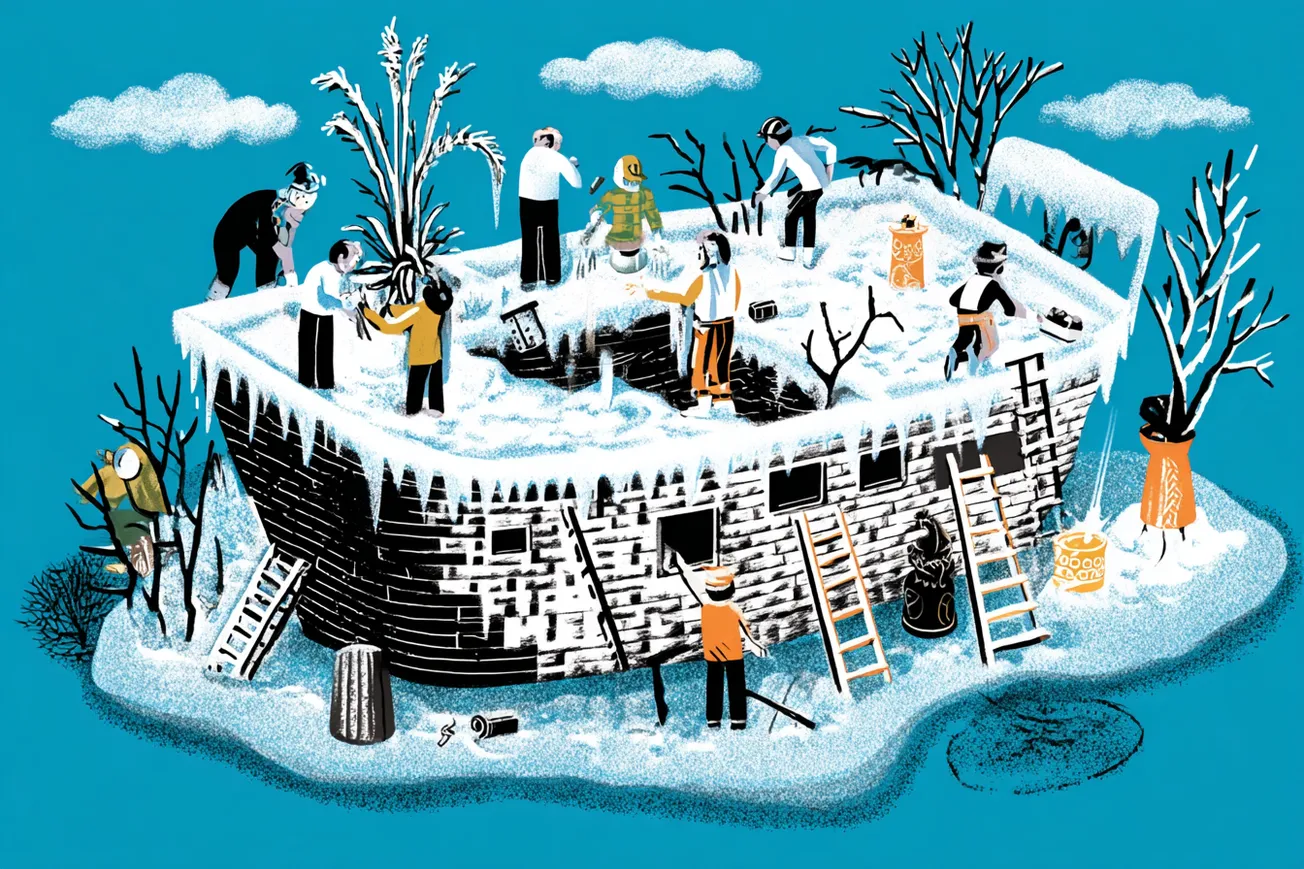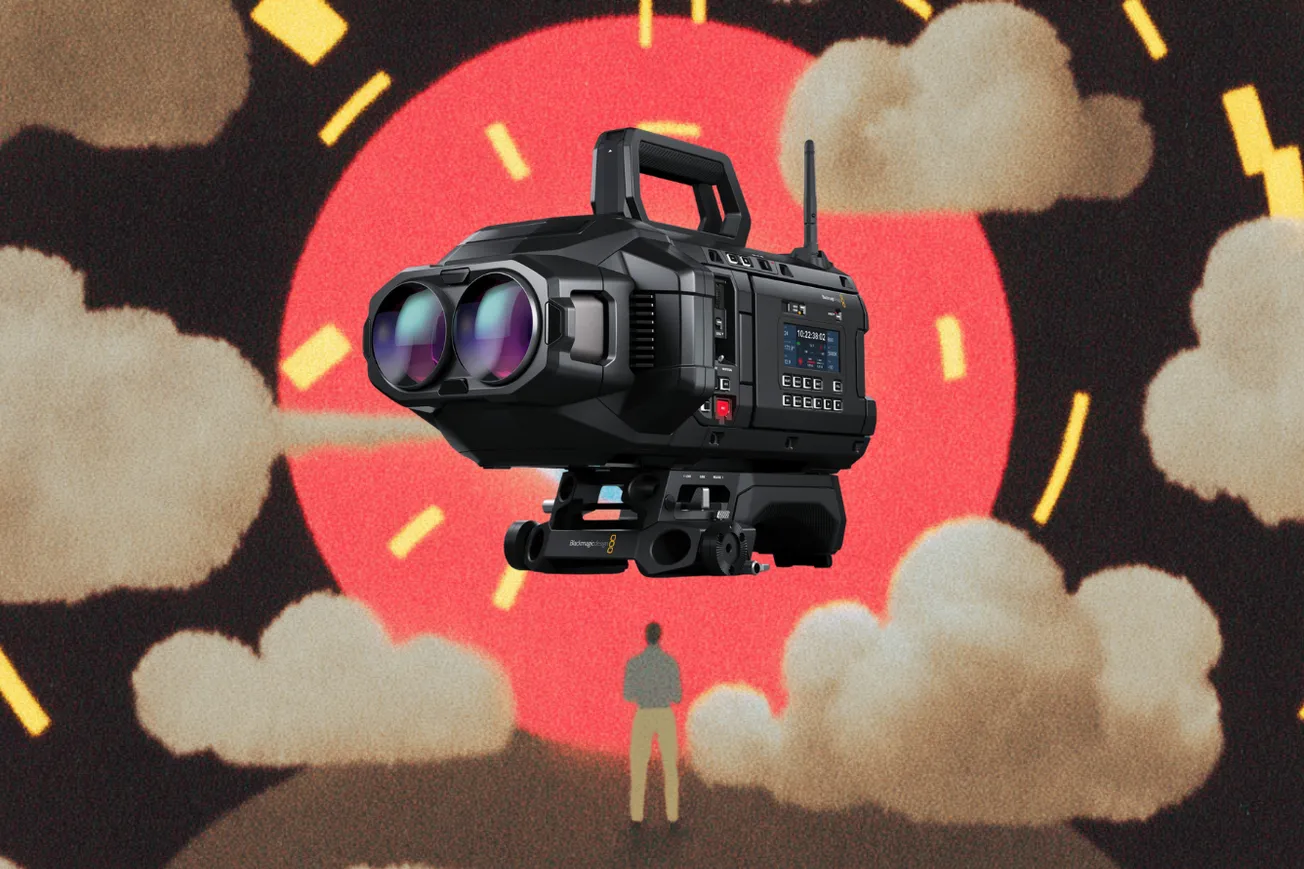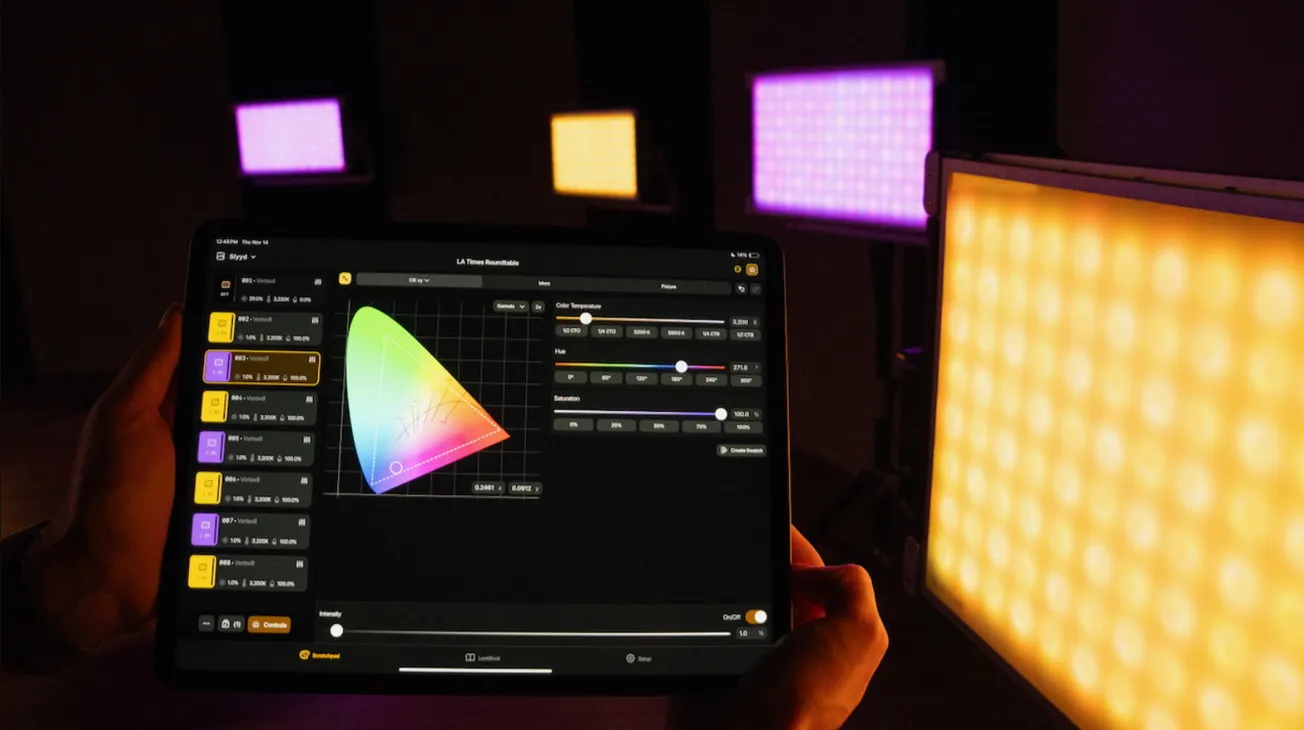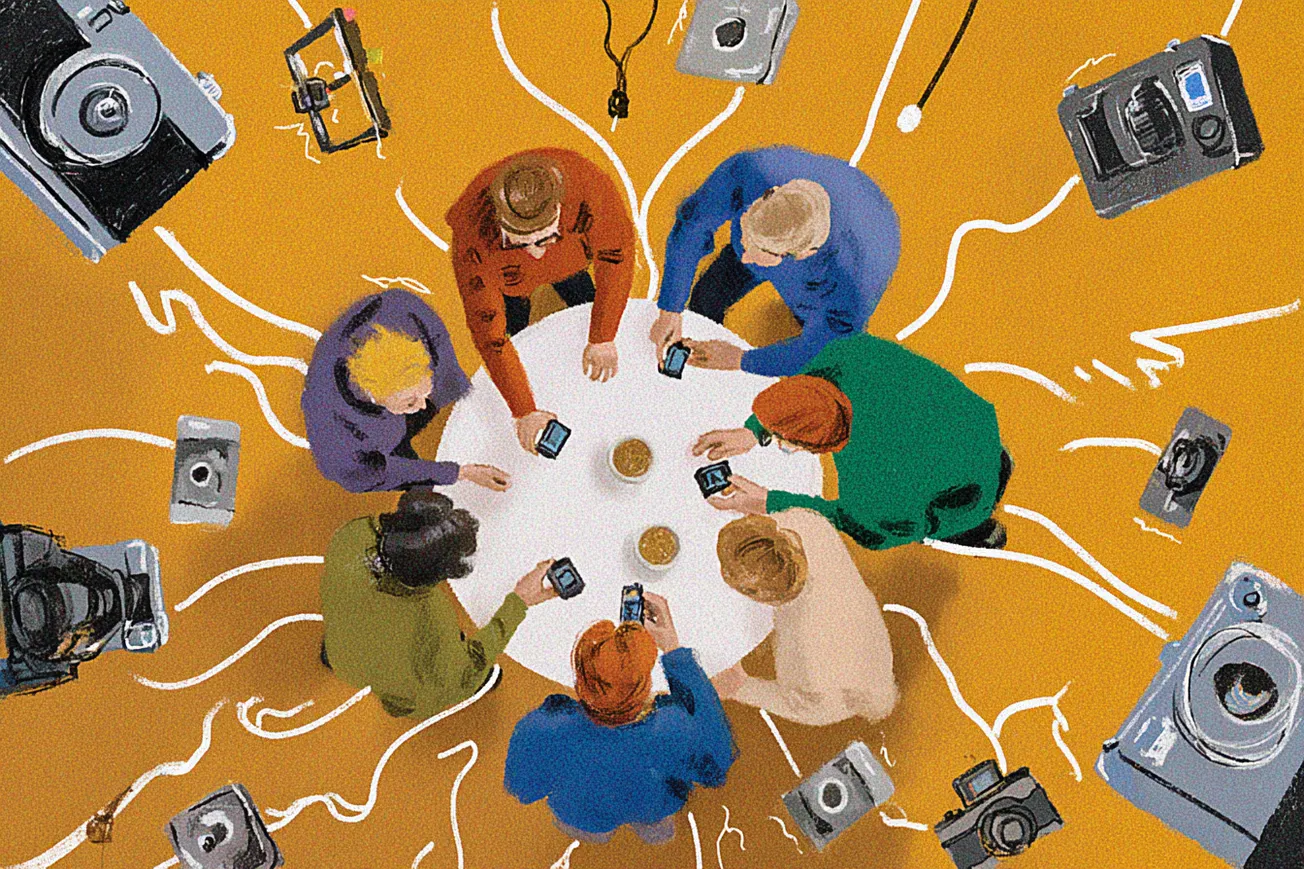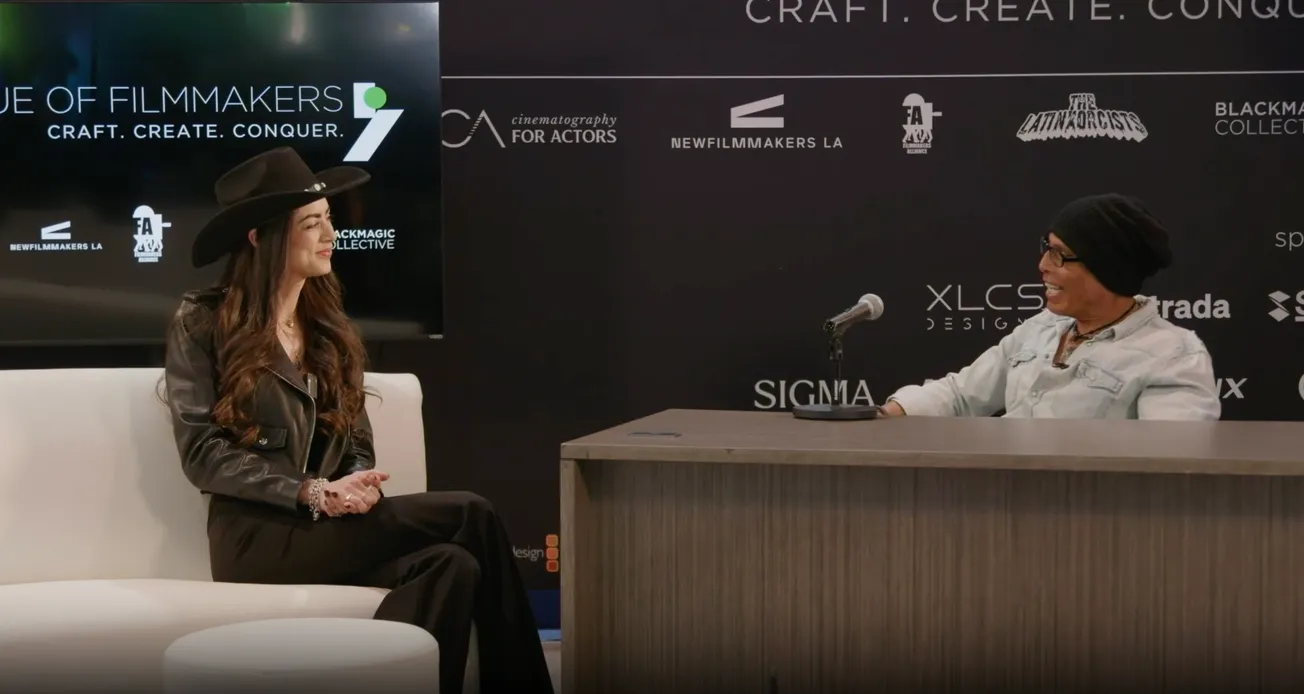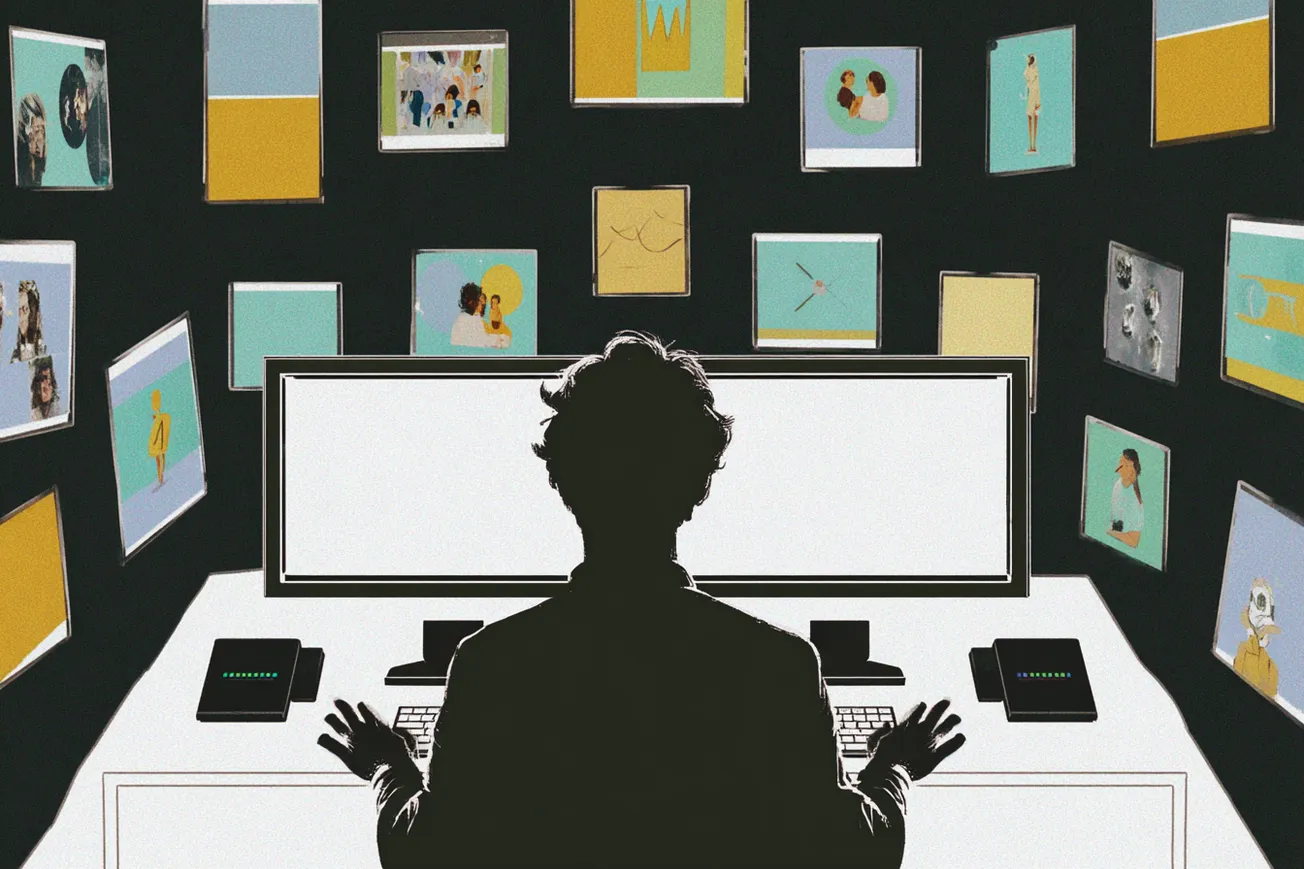Table of Contents
By Brian Ulrich (Writer/Producer/Director)
When I describe King Kang-Mi to people, I usually say it’s a low-budget short film we shot in one day at a tiki bar. But honestly, that only scratches the surface.
The idea was born from Robert Adamson—the same Robert who, along with his wife Ying, built the Strong Water Bar where we shot. Robert came to me after we’d wrapped our first short, Zombie King of Balakon Bay, and said, “Let’s do another one. I’ve got this mug, I’ve got this name—King Kang-Mi. It means ‘King of the Snow Creatures’ in Tibetan.”
And then came the pitch: What if the king of the Yetis is dead? What happens next? And how can we tell that story inside a tiki bar—on a single-day shoot?
That was the spark.

Location: A Tropical Bar Becomes a Frozen Ship
Transforming Strong Water Bar into a mythic frozen shipwreck stuck in the ice was no small task. The bar is filled with lush greenery, wooden textures, and a tropical atmosphere that’s hard to ignore. But our production designer and costume lead, Kianna Dixen, was up for the challenge.
“We took out all the hanging plants, swapped in snow-covered winter greens, frosted the glass and mirrors, and built out a whole arctic theme,” Kianna explained. “It wasn’t just a visual shift—it was an emotional one. You needed to feel the cold.”
We leaned into the transformation completely. My original vision had been murky and fog-heavy, but then our VFX artist rendered this beautiful concept image of the ship at sunset. I was hooked. That meant we had to navigate a lighting progression—from golden hour to cold, eerie night.

Lighting the Legend
Enter cinematographer Townsend Dixen, who immediately clicked with the material.
“Brian is great at sharing his vision,” Townsend said. “When I read the script, I could see the whole thing in my head.”
With lighting designed to mirror the emotional arc of the film, we structured the entire day around a three-act lighting progression. Each act had distinct moods, and each shift required precise DMX programming and timing—courtesy of Townsend’s gaffer, JD Elliott.
“The first shift happens when you hear the creatures outside the ship,” I explained. “By the time we reveal the severed head, we’re in full darkness. The emotional tone drops along with the lighting. It all had to be dialed in during pre-production. There was no time to figure it out on set.”



Building the World in Advance
We blocked every scene with diagrams and mapped out every camera angle. Townsend and I even made tiny paper cutouts of the bar layout and character positions. We knew the Strong Water space was huge compared to our last shoot, and we wanted to use every inch of it.
Our location scout turned out to be one of the most vital moments in prep. We walked the space with Kianna and Townsend, identifying camera-safe zones, prop storage areas, and key set transformations. Even script rewrites happened as a result of that walkthrough—like the scene where the tracker enters.
“Originally, he was just going to walk through the front doors,” I said. “But seeing the VFX of a ship locked in ice made us rethink that. Suddenly, he’s descending a trapdoor instead.”
“I had no idea what they meant at the time,” Kianna laughed, “but I trusted them. And honestly? It worked.”

One Day to Rule Them All
We had twelve hours total. That’s it.
From 4 AM to 4 PM, we had to:
- Load in all gear
- Transform the bar from tropical to tundra
- Shoot 7–8 pages of dialogue-heavy material with lighting transitions
- Tear down
- Reset the bar to its original state before guests arrived at 5 PM

Our producer and AD, Juliana, pulled off scheduling wizardry. We rehearsed every performance on Zoom ahead of time, so on the day, there were no surprises. The actors were dialed in emotionally and structurally—they knew exactly which lighting act they were in, and where their emotional beats landed.
We’d shoot Act 1 until it felt right, stop, reset the lighting and environment, then move into Act 2. It was like a stage play broken into chapters, with the lighting acting as the page turn.

Collaboration That Built a World
Even after the shoot wrapped, the post-production process was massive.
Townsend had the brilliant idea to capture actors delivering lines to both sides of the camera—giving us flexibility in editing for continuity of eyeline. That added time in post, but paid off in spades.
In parallel, our sound designer Tyler Roark and composer Andrew Gerlicker jumped in. Tyler crafted a detailed soundscape that gave weight and reality to the creatures, the ship, and the snowy world we imagined. Andrew, inspired by the visuals and mood, wrote a haunting score that evolved with the story.

But the real surprise came with the end credits.
“What do you want to do for the credits?” Andrew asked.
I said, “In a dream world, we’d write an original sea shanty about the legend of King Kang-Mi.”
“Cool. Let’s do that.”
I wasn’t expecting him to say yes. But he did—and it turned into a full original shanty sung by our own lead actor, Nina, who plays the captain. It took the film from cool short to a peek into a bigger universe.



Even down to the emotional beats for each act of the film, that was all decided on in rehearsal so that way on set we could just execute. Everything went Everything went really smoothly. Load in actors, wardrobe. Kiana and Ash did a great job of transforming the bar very quickly. We were able to really immerse an audience in this story that feels like a whole complete world.


When we screened the film for the team, we weren’t just proud—we were stunned. We pulled off a visual effects-driven mythological fantasy, set in a real bar, shot in 12 hours, and made it feel like part of a larger cinematic world.
“It doesn’t feel like a short,” Kianna said. “It feels like a story we dropped into, and we’re left wondering what else is out there.”
And that’s the beauty of King Kang-Mi—it’s proof that with vision, teamwork, and a little bit of frost, even the wildest ideas can come to life.

